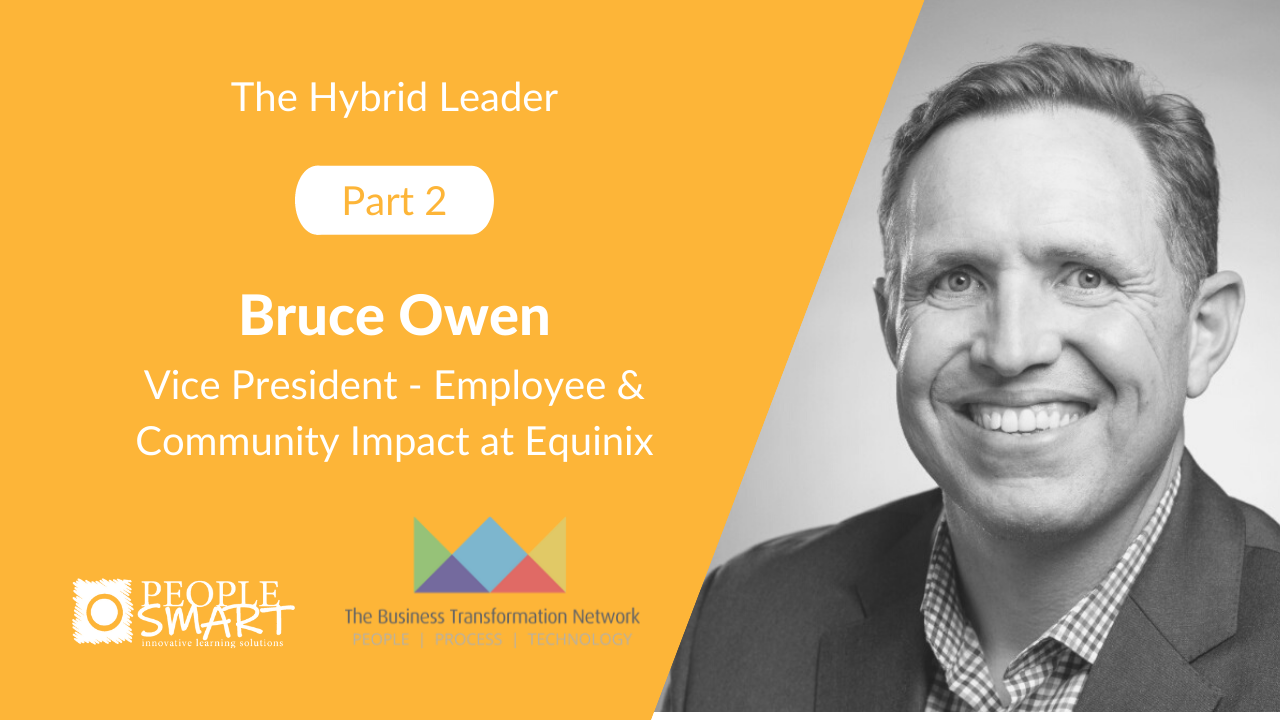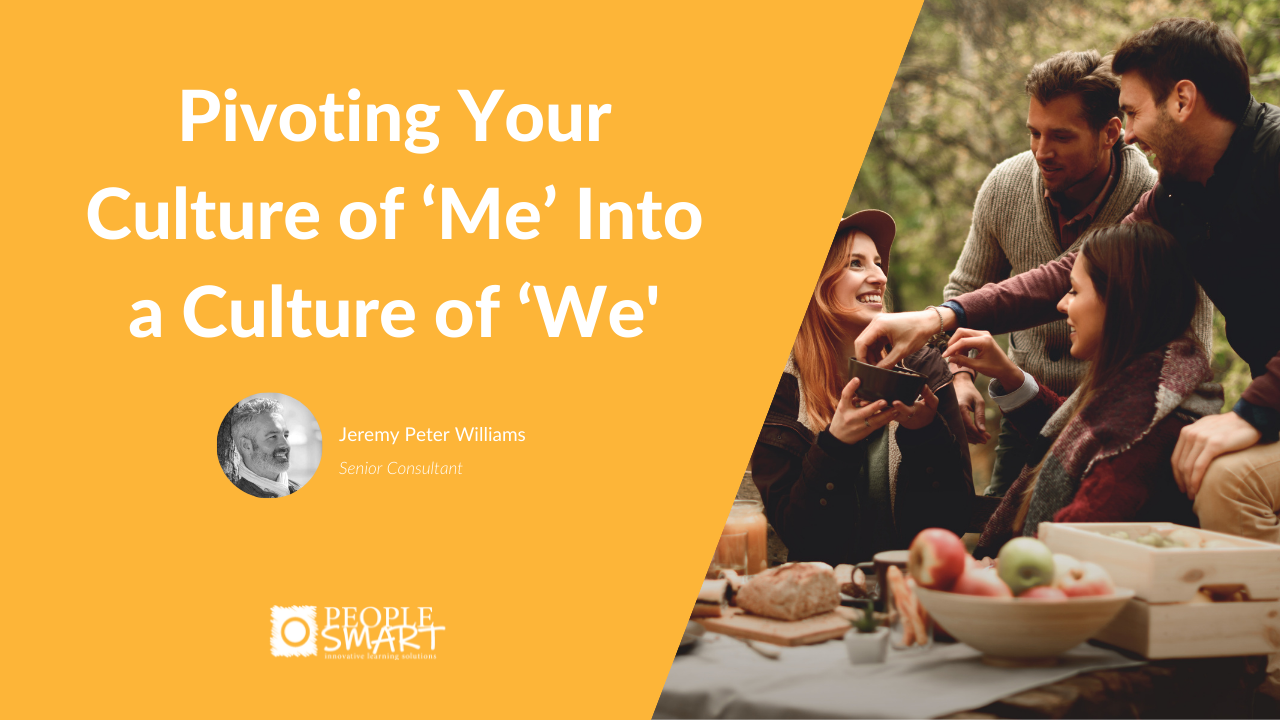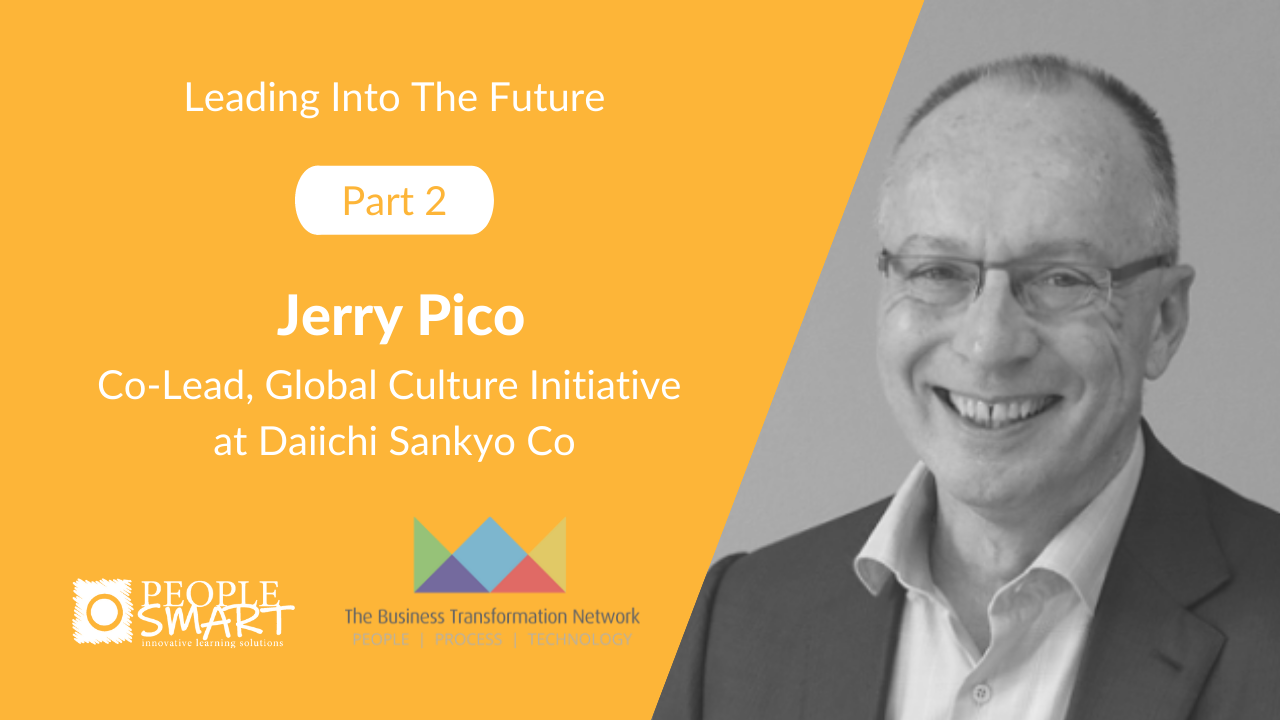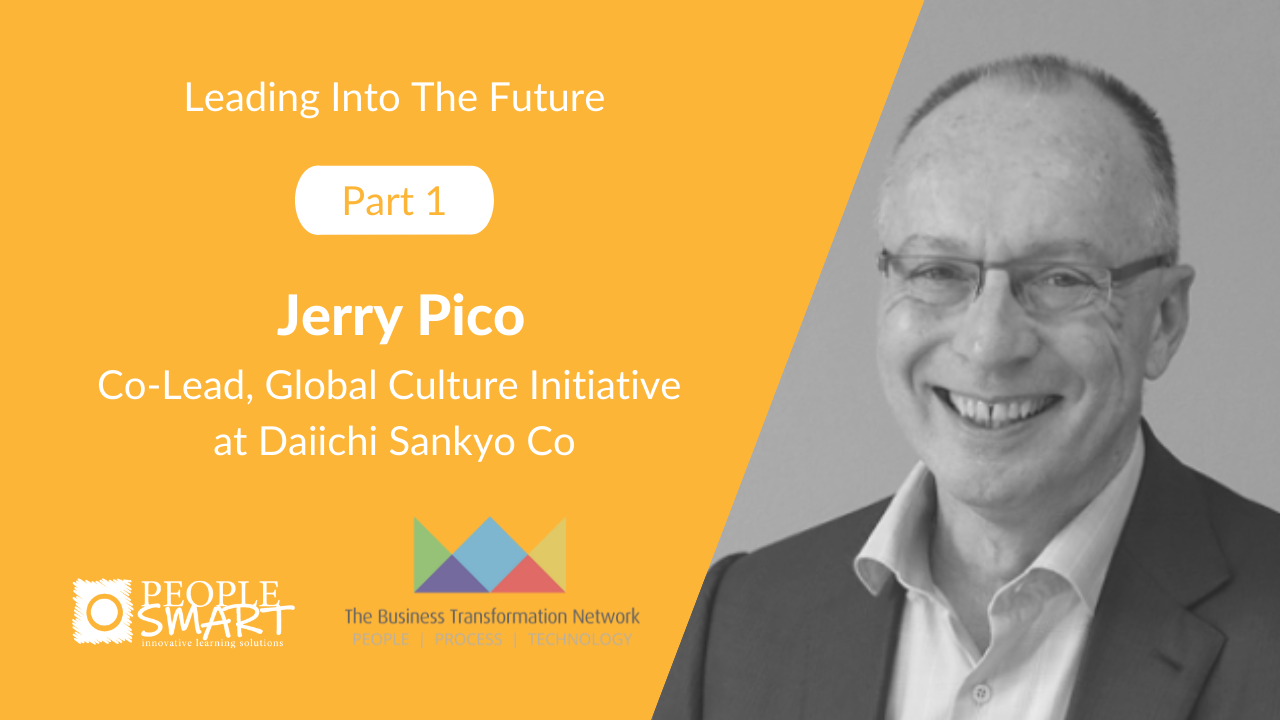Where we’ve come from – The journey to ‘me’
The narrative of the individual has been the dominant voice in our culture since the birth of the Enlightenment (“I think, therefore I am.”) Each person was raised to be individual, autonomous, self-reliant, and high achieving. It has been a glorious age of the individual – celebrating our break from the clutches of monarchy to individual freedom and creative expression that resulted in ground-breaking achievements in science, medicine, technology, and education.
Where we are – where’s that selfie-stick!
The rise of the internet in the late 1990s and early 2000s and Web 2.0 (creator culture) ushered in the Instagrammer and Youtuber generation who epitomised the ultimate ‘me’ culture and this has morphed into society – many children now aspire to be the next YouTube star! It’s easily accessible using free platforms to become a ‘star’ but where is this taking us, in society and in the workplace?
Office star shining bright or a full-on galaxy ready to discover?
Let’s face it, the vibe in the office, whether physical or virtual, has a significant bearing on happiness, well-being and productivity so it’s essential to get it right. We all know companies which have a culture of fear where every man and woman are for themselves and this obviously isn’t a recipe for success especially given the current context.
We are rapidly moving into the 4th industrial revolution where technologies (Artificial Intelligence, blockchain and the Internet of Things) are playing a more significant role in our everyday workflow and collaborators are having to adjust their approaches to virtually all aspects of their work accordingly.
It is no longer acceptable to be a ‘me first’ entitled collaborator and a recent study by the University of New Hampshire concluded that in environments of this nature:
- Conflicts are more likely
- Constructive feedback can be more difficult to receive
- Job satisfaction is lower
- Expectations can be unrealistic
- Passing the blame for failure to others is more likely
- The likelihood of taking undue credit for successes is higher
‘Me’ leaders fared even worse as it was concluded that their effectiveness and ability to lead high performing teams was substantially reduced.
Our future will be determined by our ability to get back to ‘we’ and communities will lead the way – if we embrace this collective power
Paradigm shifts do not just happen by chance. They are evolutionary, driven by agents of change – scientific, cultural, philosophical and technological. It is now increasingly believed that refocusing a culture back to an inclusive ‘we’ culture is what is needed to successfully navigate our way into the looming 4th industrial revolution.
Communities will take on more power in organisations and bottom-up, consensus decision making is on the rise. This is surely a good thing but a change of mindset right through the organisation is required for this shift to be realised in an effective way.
5 ways culture-first start-ups are leading the way
- Hiring for the best cultural fit is the most important aspect of fostering a community that will be led by consensus decision-making and collaboration. Involving the current collaborators in the hiring process can really help with finding the right cultural fit and also the engagement of existing collaborators. It’s a win-win! For example; pair up team members to interview a candidate around one of the company’s values.
- Working environments are also fundamentally important as a basis for a successful ‘we’ culture. Having communal working areas where impromptu conversations or meetings can take place (if face-to-face) and organising virtual coffee breaks if working more online can all help foster a positive vibe.
- Technology has a huge influence on our work nowadays so it has to be embraced in an intelligent way, but there is the real risk of over-complicating simple processes and the tech can easily switch from being your friend to your enemy if not managed correctly. Tip: keep it simple and clearly lay down the rules for which apps and software can be used and stick to it by creating a ‘tech charter’ which everyone agrees on. This way, miscommunication can be avoided and face-to-face time can be maximised.
- Celebrate your successes! No matter how small, make sure to always acknowledge and celebrate the small wins (as well as the big ones of course!) as business should also be fun. Some companies have a bell that they ring when a deal is closed and others arrange social BBQ nights once per week (socially distanced of course now). More and more companies are progressively getting back into having yearly offsite trips abroad to foster cultures of collaboration and inter-team connectivity which goes a long way to building trust and long-term performance. In short, it works so it’s worth the investment.
- Many KPIs are outdated and aren’t suited to a modern collaborative culture of ‘we’ so it’s wise to take a close look at the underlying KPIs in your organisation as these will be driving a lot of the behaviour that can be observed. In order to install and nurture a community culture of ‘we’ focus the KPIs around outcomes not activities. The team members will hence be more focused on putting their energy into achieving the desired result through working closely with their colleagues with a clear focus. The other benefit is that they will be more likely to take ownership of the outcome of their work which will lead to increased job satisfaction. Tip: this can only be achieved if there isn’t a culture of fear (of making a mistake).
It’s safe to say that this road to a ‘we’ culture will be long and windy but it is definitely worth starting out on this journey right now as the companies which do so, will surely be ahead of the pack and quite possibly, some of the leaders of tomorrow.
Article written by: Jeremy Peter Williams










